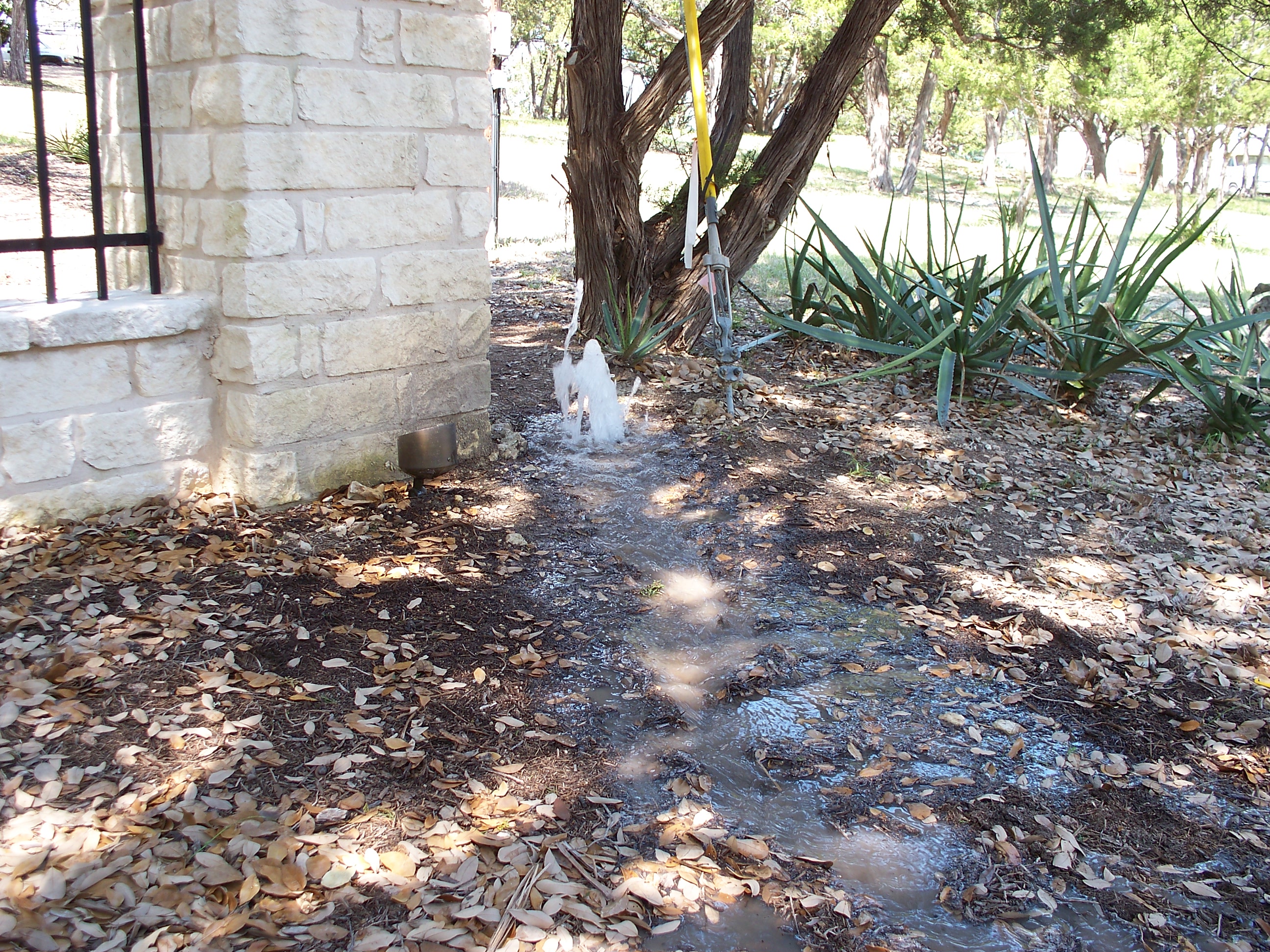Every March, the EPA WaterSense program highlights the importance of fixing leaks during Fix a Leak Week. While many people focus on fixing indoor leaks such as faucets and toilets, an irrigation system often has leaks as well.
Some common places to check for irrigation system leaks can be at the backflow device, your irrigation valves, and even your sprinkler heads and drip emitters.
- Backflow Devices
 Backflow devices require annual inspections and are often found leaking when something gets clogged in one of the check valves. This can be caused by a rock in the water line that has gotten stuck in the check valve itself. Refer to your specific backflow device manual for how to take apart the check valve and repair it (be sure to turn off the water when you do decide to repair your backflow device!).
Backflow devices require annual inspections and are often found leaking when something gets clogged in one of the check valves. This can be caused by a rock in the water line that has gotten stuck in the check valve itself. Refer to your specific backflow device manual for how to take apart the check valve and repair it (be sure to turn off the water when you do decide to repair your backflow device!).
Irrigation valves can also leak if something is caught in the valve diaphragm. It’s not uncommon for a rock to create a small hole in the diaphragm, which can cause the irrigation valve to leak and/or stay on constantly. Fortunately, irrigation valves are repairable and you can find a replacement diaphragm at your local Ewing.
- Sprinkler Heads and Drip Emitters
 If you have sprinkler heads on the bottom of a slope, they will often leak after the irrigation system is turned off. This is because water in the irrigation lines is draining out of the lowest point of the system. This is easily fixed by adding check valves in those sprinkler heads. Some spray head models allow for easy retrofit of the check valve after the head is installed, and others may require replacing the entire sprinkler head body.
If you have sprinkler heads on the bottom of a slope, they will often leak after the irrigation system is turned off. This is because water in the irrigation lines is draining out of the lowest point of the system. This is easily fixed by adding check valves in those sprinkler heads. Some spray head models allow for easy retrofit of the check valve after the head is installed, and others may require replacing the entire sprinkler head body.
How many times have you driven by a landscape when the irrigation system is running only to see a water stream shooting in the air? If this is coming from a drip zone, it probably means that the drip emitter has blown off of the line, and this can be easily fixed by either re-inserting an emitter in the existing hole, or plugging it up with a goof plug and making another hole in the drip supply line for a new emitter.
There are simple ways you can make sure your irrigation systems aren’t wasting unnecessary water because of leaks. If you have questions or need help troubleshooting a leaky system, stop by your local Ewing store.





